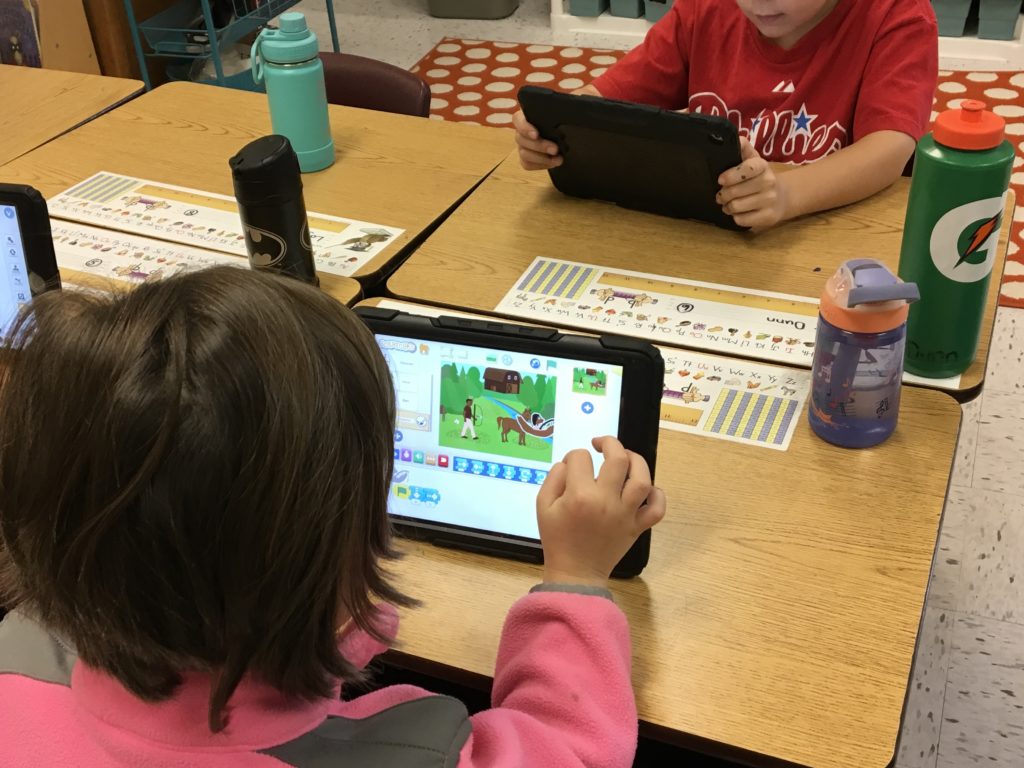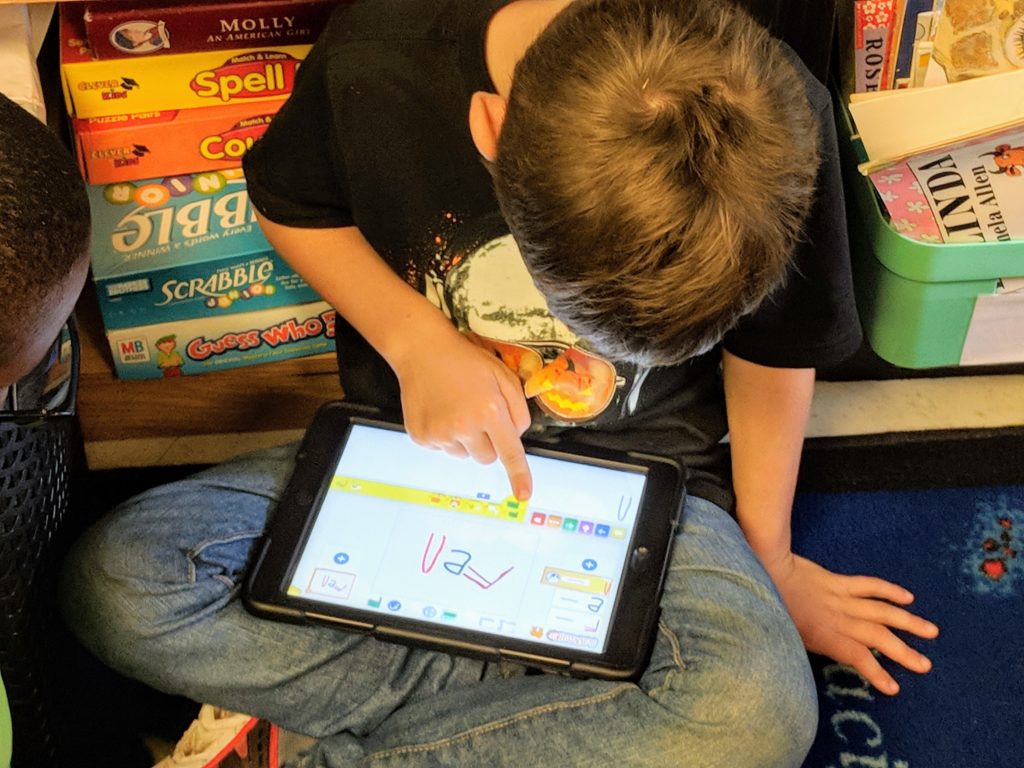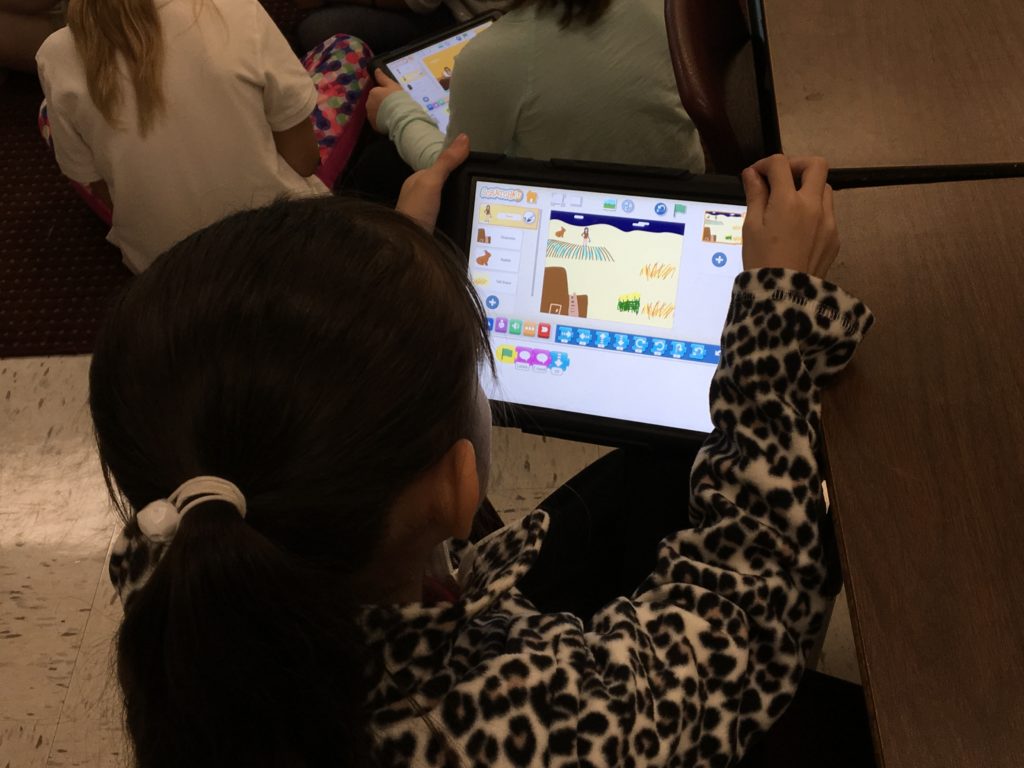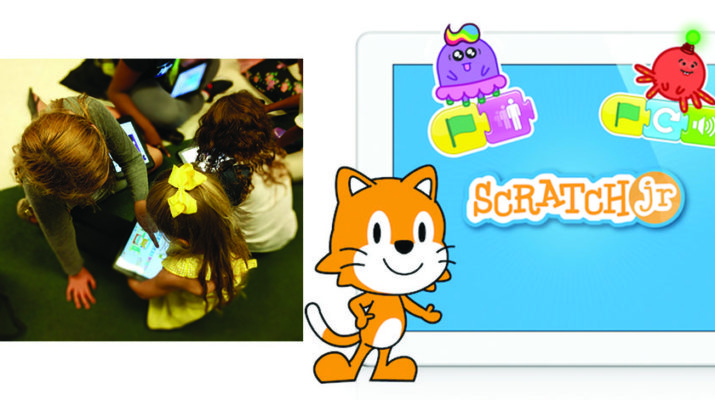Students enter kindergarten with an innate ability to learn through play and a creativity that has yet to be stifled. Research shows that this creativity has been declining since the 1990s. Kyung Hee Kim (2017) reported that since the 1990s, creativity scores across the entire population have continued to fall each decade. Creativity is one of several skills defined in the Profile of a Virginia Graduate, that students need to acquire and develop throughout their educational career. Now, the question becomes, how can we provide this experience for every student while also making it relevant?

Answering this question in Goochland County involved a team of teachers working together to research, play, and learn about various coding tools, concepts, and cross-curricular connections. This led to the development of a Curriculum Resource Guide for Coding and Computer Science. This guide aims to provide teachers with resources and ideas for integrating coding into their classroom based on the Virginia Department of Education Computer Science Standards.
This curriculum guide was presented to teachers in Goochland County to encourage them to try out a few lessons in preparation for the implementation of the standards. Many primary grade teachers focused on incorporating unplugged coding activities that integrated literature. After some unplugged coding experiences, students were ready to take their coding to the digital realm. Using the app Scratch Jr, students were introduced to the concept of coding using the graphical coding blocks. This programming interface is developmentally appropriate for these learners, as it provides them with a visual coding platform in which they can create, design, and test their own stories and games.

Using Scratch Jr., students were challenged to animate their name. They created a new character for each letter and observed as different blocks made their letters move in different ways. It was amazing to watch the students problem solve and learn about code through something as familiar as their name. However, more impressive than that was observing the students’ creativity blossom and seeing them lose track of time. We call this period of intense creative activity flow. Csikszentmihalyi defines flow as “A state in which people are so involved in an activity that nothing else seems to matter; the experience is so enjoyable that people will continue to do it even at great cost, for the sheer sake of doing it. Thus, leading to more happy and productive students.” If coding can provide our students with this type of experience while also preparing them for the future, why wouldn’t we want this to be a part of our curriculum and classroom?

In Seymour Papert’s published work, Mindstorms: Children, Computers, And Powerful Ideas, he stated “In many schools today, the phrase “computer-aided instruction” means making the computer teach the child. One might say the computer is being used to program the child. In my vision, the child programs the computer and, in doing so, both acquires a sense of mastery over a piece of the most modern and powerful technology and establishes an intimate contact with some of the deepest ideas from science, from mathematics, and from the art of intellectual model building.”
At the end of the day, coding doesn’t have to be scary or an elaborate sequence of numbers and letters. It can meet teachers and students right where they are! Start small and allow students to take the lead! You will be surprised at how much your students will exceed your expectations and develop the strong critical thinking skills Seymour Papert described above.
Authorship Information:
Krystle Demas is an elementary instructional technology coach for Goochland County Public Schools. She spent seven years in the classroom and has been an instructional technology coach for the last four. She has her master’s degree in teaching from James Madison University. During her career, she has been awarded as the teacher of the year at Goochland Elementary School in 2013 and Employee of the Year for Goochland County Public Schools in 2017.
Originally Published December 14, 2018

